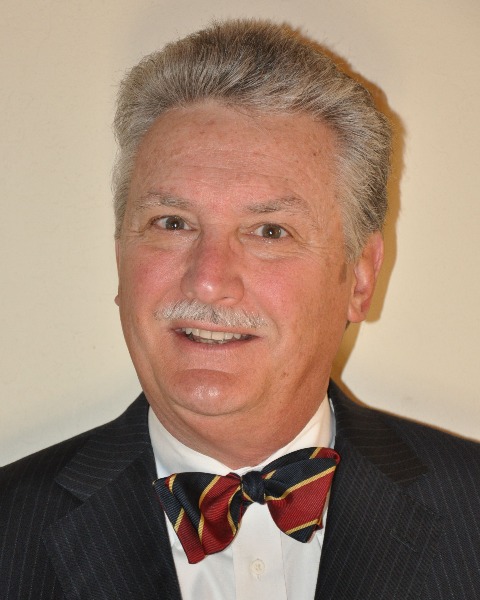Back
Platform
SUST
Session : Energy-Water-Waste Nexus
1234601 - Sustainability or Waste Disposal? Use of Manure as a Nutrient in the Maumee River Lake Erie Watershed
Thursday, June 30, 2022
11:20am – 11:40am PT
Location: Seacliff D

Peter F. Hess, P.E., BCEE, QEP
Environmental Policy Consultant
BAAQMD (retired)
Corte Madera, CA
Primary Author(s)
The use of animal manure generated at a Concentrated Animal Feeding Operation (CAFO), if applied properly onto local farms that grow the food for animals and humans, is an example of completing the sustainability circle. This manure based organic nutrient supplants artificially made nutrients used to produce animal feed, which in turn reduces emissions and is a progressive waste management strategy. However, the use of animal manure as a nutrient on cropland for the production of animal feed when used improperly, is a waste product that causes the growth of cyanobacteria hazardous algae bloom in the Western Lake Erie Basin (WLEB). This paper explores the waste management decisions which face regulatory agencies, CAFOs, and third-party community groups within the WLEB in creating appropriate regulatory measures that meet both sustainability and environmental needs. The paper is a comprehensive review of the waste management studies, exploring the red line between applying animal created nutrients to farmland in a sustainable manner, versus the application as a method of disposal as a waste product. A critical review of studies demonstrates the amount of manure generated by the heavy concentration of CAFO’s in WLEB sub-basins exceeds the demand for use as a nutrient. In the aforementioned highly dense CAFO sub-basins, the production of manure exceeds the assimilative capacity by the cropland for nutrients which creates legacy hotspots. Therefore, the overapplication of manure-based nutrients in conjunction with the use of synthetic nutrients in the WLEB, knowingly or unknowingly, creates a waste product rather than a sustainable product. However, with proper oversight, the use of manure-based nutrients could be used in a sustainable manner.

.jpg)
